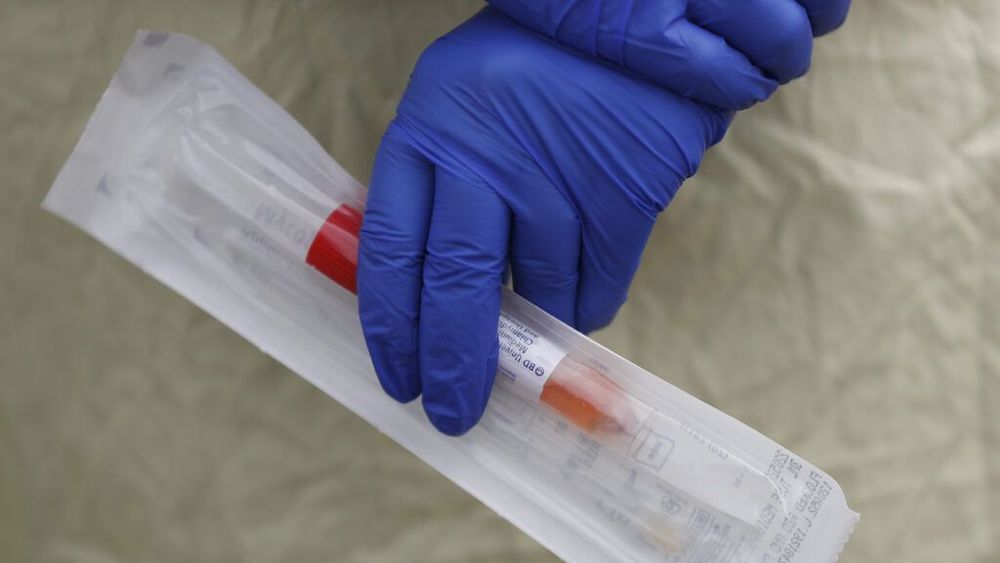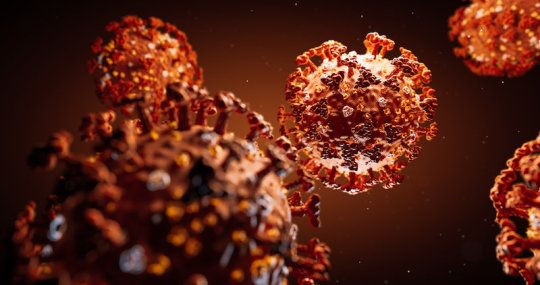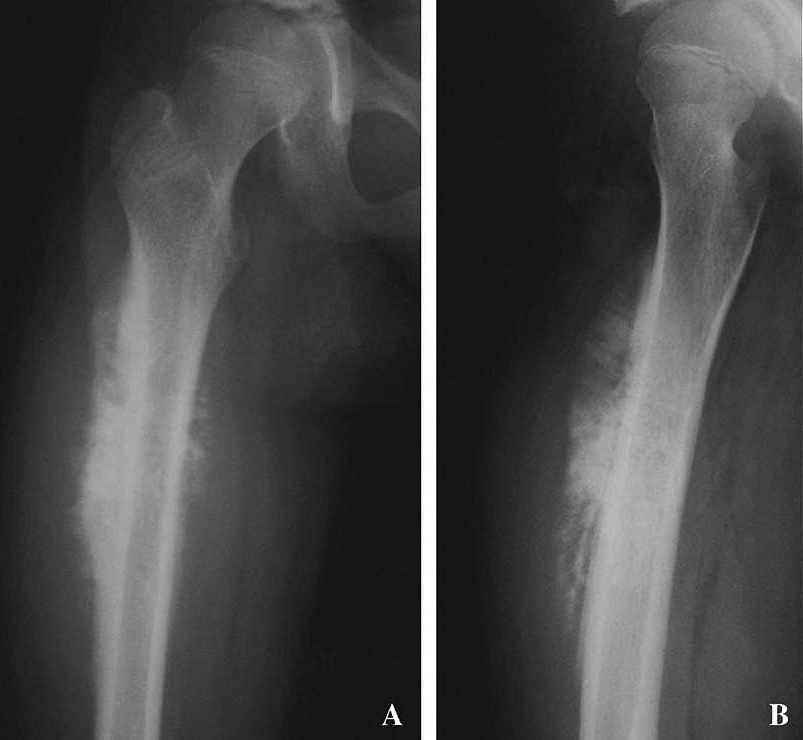Countermeasures like social distancing may help stop the spread of Covid-19. But how can policymakers tell if they are doing more good than harm? Data!


Known as an ion-gated transistor (IGT), the new class of technology effectively melds electronics with molecules of human skin.
But wait, you no longer need any of those, since you recently got one of the new biomed implants — a device that integrates seamlessly with body tissues, because of a watershed breakthrough that happened in the early 2020s. It’s an improved biological transistor driven by electrically charged particles that move in and out of your own cells. Like insulin pumps and cardiac pacemakers, the medical implants of the future will go where they are needed, on or inside the body.
Scientists at @Columbia built a new ion-driven transistor that can safely interact with human skin. What does this mean for the future of #medical #bioelectronics? Find out via @PhysicsWorld: https://bddy.me/2YsvJ0g #wearabletech #healthIT pic.twitter.com/qj3LX3Dqfx
— Lam Research (@LamResearch) March 26, 2019


ZURICH (Reuters) — Switzerland’s health care system could collapse by the end of the month if the new coronavirus keeps spreading at current rates, a government official warned on Tuesday.
Swiss authorities estimated that 2,650 people had tested positive for the coronavirus and said 19 people had died, while predicting cases will likely soar in the weeks ahead.
Exact figures were unavailable. Daniel Koch, head of the Federal Office of Health’s communicable diseases division, said the rapid rise had outstripped the state’s ability to record new cases in real time.

I know some have speculated that the Coronavirus was engineered:
An analysis of public genome sequence data from SARS-CoV-2 and related viruses found no evidence that the virus was made in a laboratory or otherwise engineered.
The novel SARS-CoV-2 coronavirus that emerged in the city of Wuhan, China, last year and has since caused a large scale COVID-19 epidemic and spread to more than 70 other countries is the product of natural evolution, according to findings published today in the journal Nature Medicine.
The analysis of public genome sequence data from SARS-CoV-2 and related viruses found no evidence that the virus was made in a laboratory or otherwise engineered.
“By comparing the available genome sequence data for known coronavirus strains, we can firmly determine that SARS-CoV-2 originated through natural processes,” said Kristian Andersen, PhD, an associate professor of immunology and microbiology at Scripps Research and corresponding author on the paper.
Hmm… are people with reduced lung capacity after recovering from the coronavirus more susceptible to getting the flu? Or does taking antibiotics increase one’s risk getting the coronavirus since it attacks the respiratory system?
Antibiotics can leave the lung vulnerable to flu viruses, leading to significantly worse infections and symptoms, finds a new study in mice led by the Francis Crick Institute.
The research, published in Cell Reports, discovered that signals from gut bacteria help to maintain a first line of defence in the lining of the lung. When mice with healthy gut bacteria were infected with the flu, around 80% of them survived. However, only a third survived if they were given antibiotics before being infected.
“We found that antibiotics can wipe out early flu resistance, adding further evidence that they should not be taken or prescribed lightly,” explains Dr Andreas Wack, who led the research at the Francis Crick Institute. “Inappropriate use not only promotes antibiotic resistance and kills helpful gut bacteria, but may also leave us more vulnerable to viruses. This could be relevant not only in humans but also livestock animals, as many farms around the world use antibiotics prophylactically. Further research in these environments is urgently needed to see whether this makes them more susceptible to viral infections.”
Sam Harris discusses the coronavirus withAmesh Adalja.
In this episode of the podcast, Sam Harris speaks with Amesh Adalja about the spreading coronavirus pandemic. They discuss the contagiousness of the virus and the severity of the resultant illness, the mortality rate and risk factors, vectors of transmission, how long coronavirus can live on surfaces, the importance of social distancing, possible anti-viral treatments, the timeline for a vaccine, the importance of pandemic preparedness, and other topics.
Amesh Adalja, MD, is an infectious disease specialist at the Johns Hopkins University Center for Health Security. His work is focused on emerging infectious disease, pandemic preparedness, and biosecurity. Amesh has served on US government panels tasked with developing guidelines for the treatment of plague, botulism, and anthrax. He is an Associate Editor of the journal Health Security, co-editor of the volume Global Catastrophic Biological Risks, and a contributing author for the Handbook of Bioterrorism and Disaster Medicine. Amesh actively practices infectious disease, critical care, and emergency medicine in the Pittsburgh metropolitan area.
Website: www.trackingzebra.com
Twitter: @AmeshAA
Francisco Garcia, a youth team coach at Malaga-based club Atletico Portada Alta, had an unknown pre-existing health condition that resulted in him being more vulnerable to the virus than usual for an individual of his age, though he was only informed of having cancer after going to hospital with symptoms of coronavirus.

Donating blood is one of the most effective ways Americans can help during the coronavirus crisis, the United States Surgeon General said.
Speaking during a White House coronavirus task force briefing Thursday, Surgeon General Jerome Adams urged healthy individuals, especially millennials and Gen Z, to visit their local blood centers.
“Donated blood is an essential part of caring for patients, and one donation can save up to three lives,” Adams said.

A study by researchers at the National Cancer Institute (NCI), part of the National Institutes of Health, offers new insight into genetic alterations associated with osteosarcoma, the most common cancerous bone tumor of children and adolescents. The researchers found that more people with osteosarcoma carry harmful, or likely harmful, variants in known cancer-susceptibility genes than people without osteosarcoma. This finding has implications for genetic testing of children with osteosarcoma, as well as their families.
The study was published March 19, 2020, in JAMA Oncology.
“With this study, we wanted to find out how many people with osteosarcoma may have been at high risk for it because of their genetics,” said Lisa Mirabello, Ph.D., of NCI’s Division of Cancer Epidemiology and Genetics (DCEG), who led the research. “We not only learned that at least a quarter of the people in the study with osteosarcoma had a variant in a gene known to predispose someone to cancer, we also uncovered variants that had never before been associated with this cancer.”